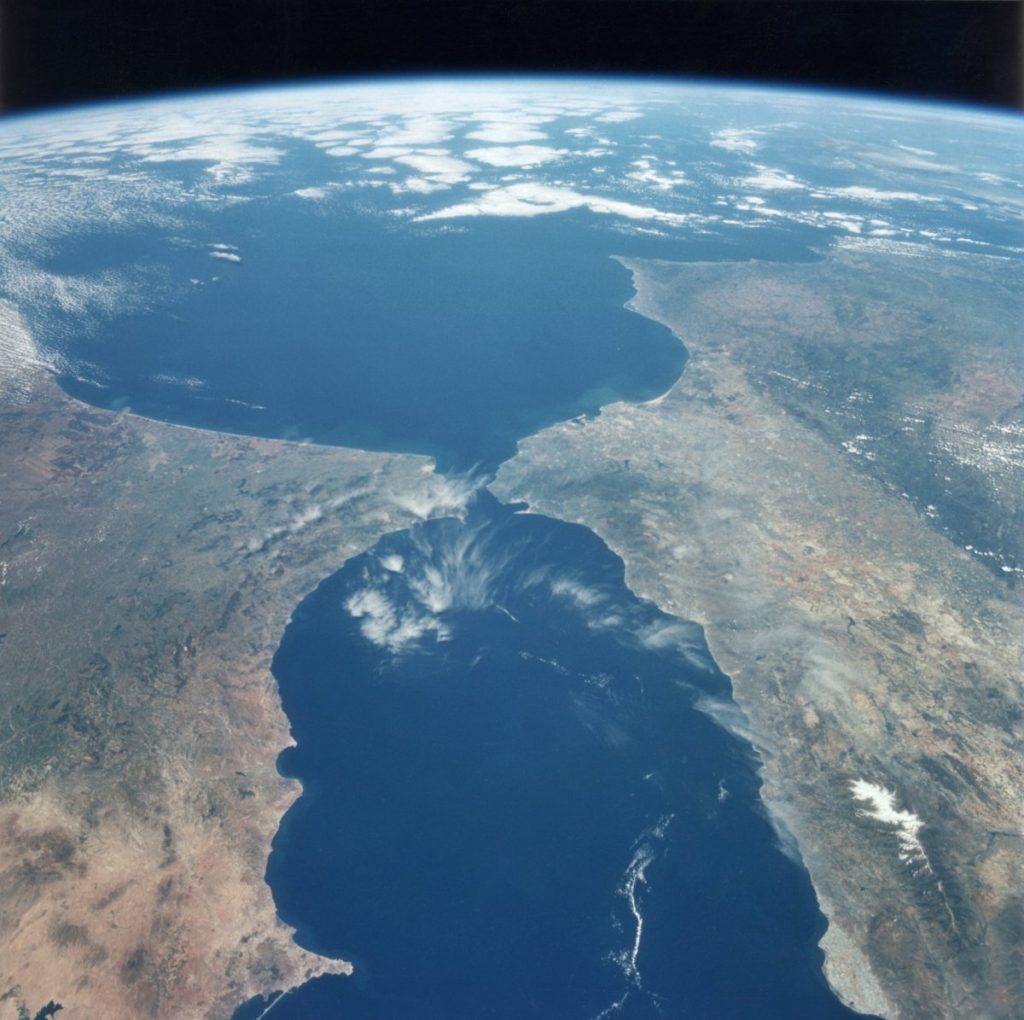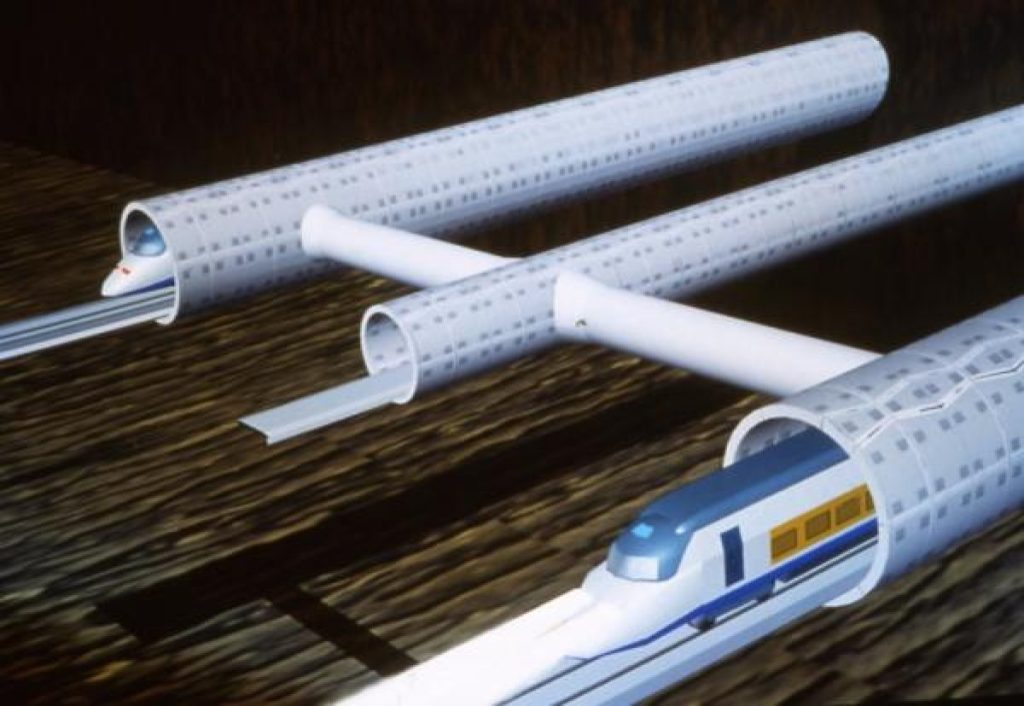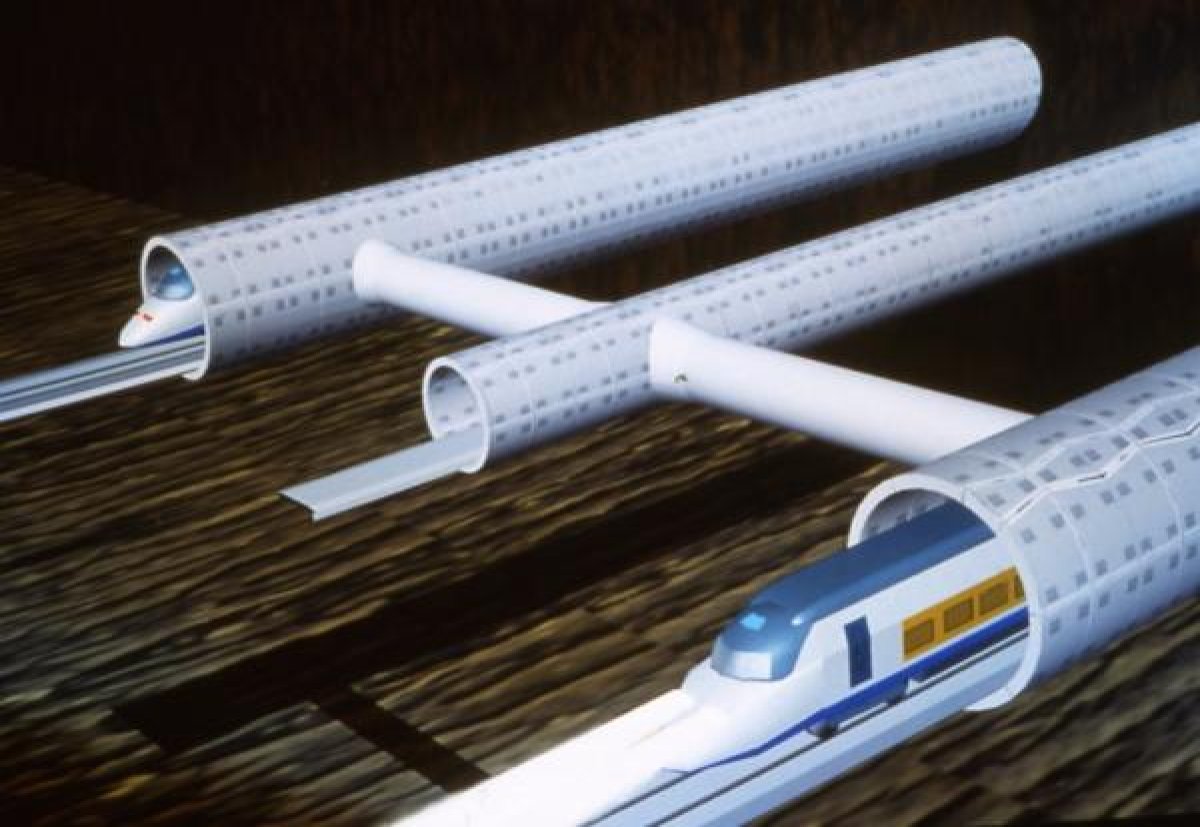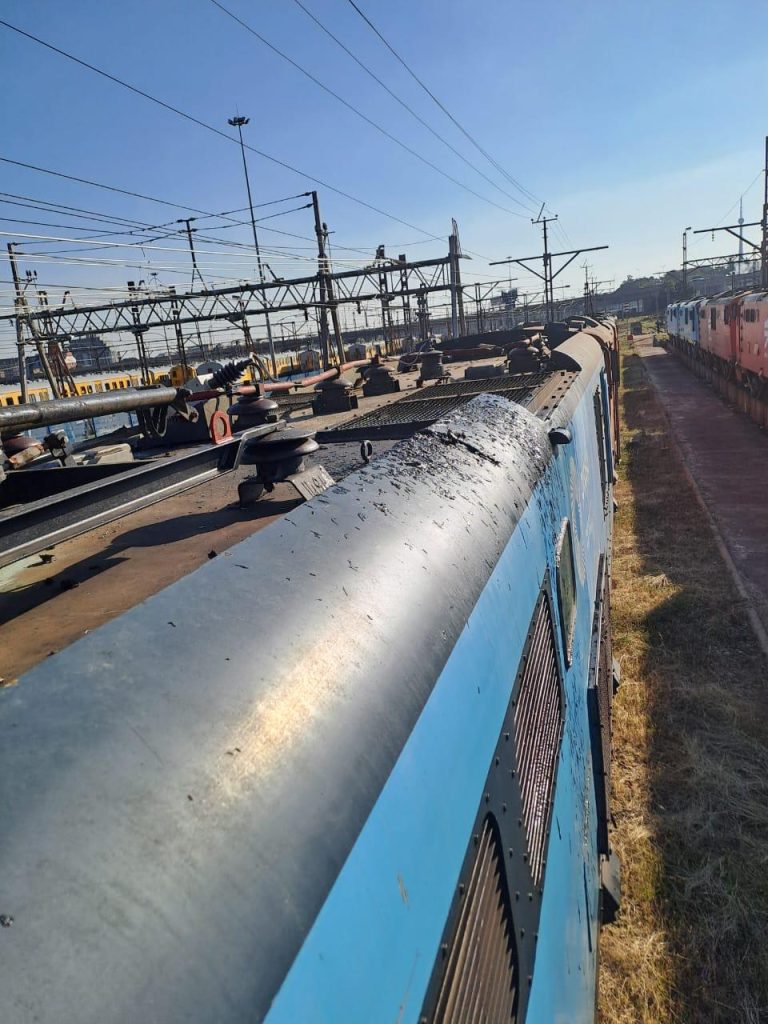Madrid to Casablanca in five hours and change, without stepping foot in an airport. That’s the pitch behind renewed efforts to build a rail link between Southern Europe and North Africa — all in time for the 2030 FIFA World Cup.
A proposed underwater tunnel between Morocco and Spain would be the first to connect the two continents. Different versions of the idea have been floated decades, but the latest proposal is gaining momentum after Moroccan authorities said this month they would launch official studies into the feasibility of the project.
The 17-mile underwater tunnel would burrow underneath the Strait of Gibraltar, connecting the cities of Punta Paloma, Spain and Malabata, Morocco. Part of the proposal calls for connecting the link to the larger rail networks in those countries so passengers could continue their journeys across both continents.
Morocco opened a 200 m.p.h. high-speed rail network in 2018 that’s the first of its kind in Africa.

“We are pushing forward with studies on this important project for our countries and for Europe-Africa relations,” said Raquel Sánchez, Spain’s Minister for Transport, Mobility and Urban Agenda, during a press conference with her counterpart in Morocco a year ago.
Since then, both countries have engaged in high-level talks about reviving the project, with government officials holding multiple meetings and Spain already allocating funds to study the logistics from its end.
Those logistics are significant. The project would involve constructing two single-track, 17-mile-long underwater tunnels that would go as deep as 1,550 feet below sea level. The Strait of Gibraltar, which also sits on a major seismic fault line, reaches nearly 3,000 feet at its deepest point.
If realized, the rail link would facilitate the movement of up to 12.8 million passengers and another 13 million tons of cargo annually, according to projections from the Spanish Society for Fixed Communication Studies across the Strait of Gibraltar (SECEGSA).

A new 17-mile underwater tunnel project aims to connect Europe’s high-speed rail network to North Africa by 2030. SECEGSA
“We are therefore beginning a new stage in the relaunch of the Fixed Link Project through the Strait of Gibraltar, which we began in 1981 with our two companies, Secegsa and SNED”, said Sánchez, Spain’s transport minister.
The project has gained a renewed sense of urgency after Portugal, Spain and Morocco won their joint bid for the 2030 FIFA World Cup last October. The Spanish government recently allocated over $1.6 million for research related to the project, marking the most significant investment in its development since 1981.
There are no official cost estimates for the tunnel, but some estimates put it north of $6 billion euros.
News Week


